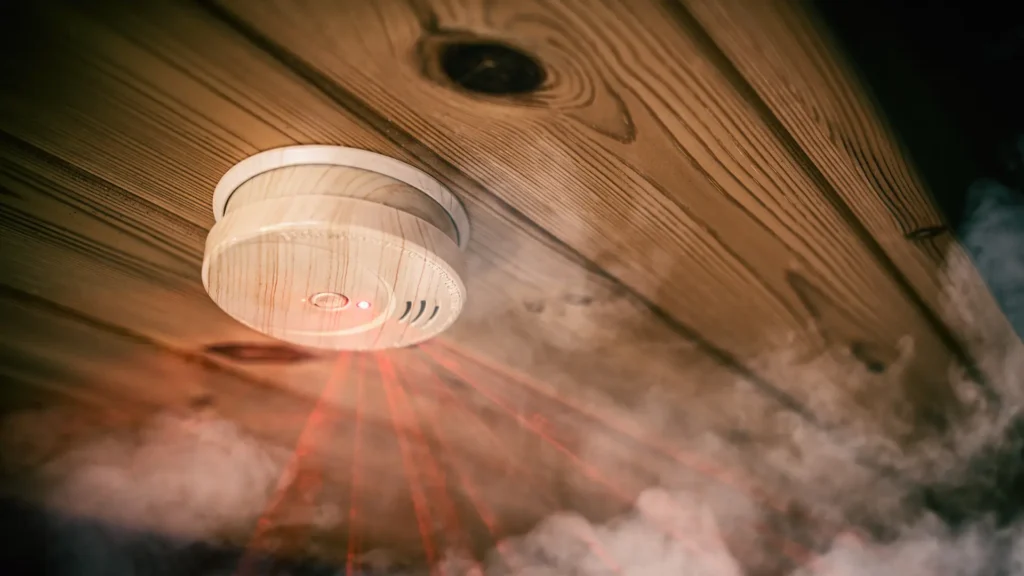Ensuring the proper placement of smoke alarms in rental properties is crucial for the safety of occupants and compliance with local regulations. In Queensland, Australia, specific laws govern where smoke alarms must be installed in rental properties. This article will provide a clear guide on legal requirements, positioning, fixing methods, types of systems, and the differences in smoke alarm placements between residential, rental, and commercial properties.
Legal Requirements For Smoke Alarm Placement
In Queensland, landlords are legally required to install interconnected photoelectric smoke alarms in all rental properties. These alarms must comply with Australian Standard 3786-2014. As of 1 January 2022, alarms must be installed in every bedroom, in hallways that connect bedrooms to the rest of the dwelling, and on every level of the property. Additionally, the alarms must be hardwired or powered by a non-removable 10-year battery.
Alarm Positioning
Correct positioning of smoke alarms is essential to ensure they function effectively. Smoke alarms should be installed on the ceiling, as smoke rises and collects at the highest point. If ceiling installation isn’t possible, they can be mounted high on walls, but no closer than 30 centimetres from the ceiling. In multi-storey properties, alarms should be placed at the top of stairways to detect smoke traveling between levels.
In bedrooms, alarms should be positioned away from windows, doors, and air conditioning units, as drafts can prevent smoke from reaching the alarm. It’s also advisable to avoid placing alarms near kitchens or bathrooms, as steam and cooking fumes can trigger false alarms.

Alarm Fixing Methods
Smoke alarms in rental properties must be securely fixed either through hardwiring or with screws for battery-operated models. Hardwired systems are directly connected to the property’s electrical supply and are required for all new builds and major renovations in Queensland. For existing properties, alarms powered by a non-removable 10-year battery can be used if hardwiring isn’t feasible. It’s essential to follow the manufacturer’s instructions for proper installation and maintenance.
The Different Types Of Smoke Alarm Systems
There are different types of smoke alarm systems available, each with its own advantages. Photoelectric smoke alarms, which are mandatory in Queensland, detect visible particles of combustion and are more responsive to smouldering fires. Ionisation alarms, while still available, are less effective at detecting slow-burning fires and are being phased out.
Interconnected systems are required in rental properties, ensuring that when one alarm is triggered, all alarms in the property sound. This increases the chances of early detection and evacuation, especially in larger or multi-level properties.
Comparisons For Requirements In Residential, Rental & Commercial Properties
The requirements for alarms vary depending on the type of property. In residential homes, while smoke alarms are strongly recommended, the legal requirements may differ slightly from those for rental properties. Homeowners are encouraged to install interconnected photoelectric alarms to protect their families.
In rental properties, the regulations are stricter, as landlords are responsible for the safety of tenants. Compliance with Queensland’s laws regarding smoke alarm installations is mandatory, and failure to comply can result in penalties.
Commercial properties, on the other hand, often require more complex fire detection systems. These systems must meet specific fire safety regulations and may include additional alarms, sprinklers, and emergency lighting. Commercial properties also require regular inspections and maintenance to ensure all systems are functioning correctly.